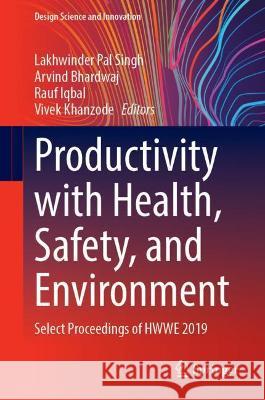Productivity with Health, Safety, and Environment » książka
topmenu
Productivity with Health, Safety, and Environment
ISBN-13: 9789811673603 / Angielski / Twarda / 2022
Productivity with Health, Safety, and Environment
ISBN-13: 9789811673603 / Angielski / Twarda / 2022
cena 865,66
(netto: 824,44 VAT: 5%)
Najniższa cena z 30 dni: 860,29
(netto: 824,44 VAT: 5%)
Najniższa cena z 30 dni: 860,29
Termin realizacji zamówienia:
ok. 10-14 dni roboczych
Dostawa w 2026 r.
ok. 10-14 dni roboczych
Dostawa w 2026 r.
Darmowa dostawa!
This volume comprises select proceedings of the International Conference on Humanizing Work and Work Environment organized by the Indian Society of Ergonomics (HWWE2019). The book presents research findings on different areas of ergonomics for developing appropriate tools and work environment considering capabilities and limitations of working people for maximum effectiveness on their performance. This volume will be of interest to academics, professionals and practitioners in the field of ergonomics.











